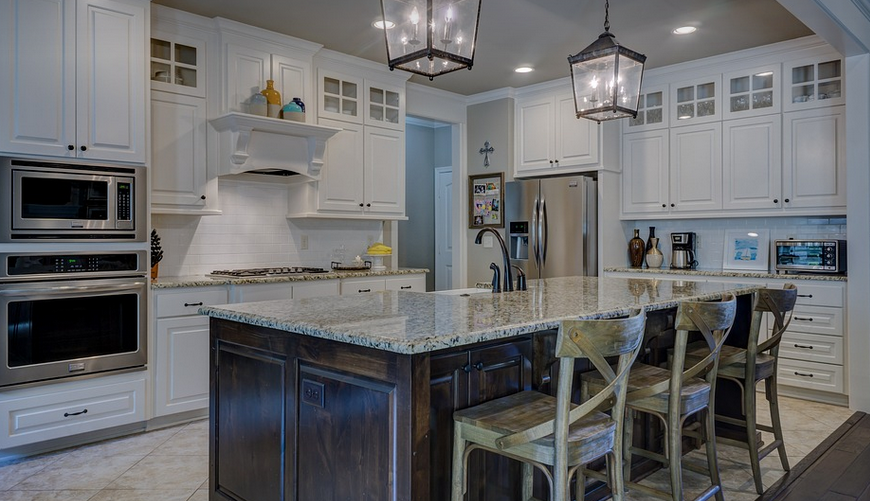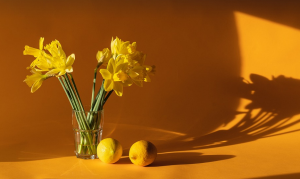
Unlocking the Secrets of Wine Aging
Wine, a beloved beverage with centuries of tradition, is often treated as a single entity – a glass of pleasure enjoyed on its own terms. But the truth is, wine’s journey through time doesn’t just happen overnight. It’s a process that unfolds over time, revealing nuanced flavors and aromas. This process, known as “breathing” or “airing,” allows a bottle to evolve from vibrant youth into a more complex, mature expression of its character.
The magic behind this transformation lies in the delicate interplay between wine components – the grape varietals, their terroir origin, and the winemaking techniques used. These contribute to each individual bottle’s flavor profile and potential for aging. Wine, much like a fine symphony, requires time to be appreciated fully.
However, simply leaving your wine open without any guidance is akin to letting a wild animal roam free in your house – the desired outcome might not be achieved. Understanding the optimal time frame and methods for “breathing” your wine is essential for maximizing its flavor profile.
The Art of Letting Wine Breathe
When we talk about letting wine breathe, we mean allowing it to interact with air inside the bottle, which triggers a process called oxidation. This delicate interaction unlocks hidden flavors and aromas and enhances the wine’s overall complexity.
The key lies in the type of wine and what you are seeking: For young wines that need time to mature, gentle aeration is essential. For red wines, especially those with tannins, opening a bottle for 15-30 minutes or more after pouring can allow for some oxidation (this process will slightly soften the tannins) without impacting the wine’s character.
However, if you’re dealing with white wines, allowing them to breathe is even more crucial. These delicate wines often benefit from extended exposure to air; a few hours or even overnight can bring out their best qualities, especially in warmer climates where oxygenation is needed. Remember that the goal isn’t to open a bottle of wine and leave it on the counter for an unspecified period.
A helpful tip: Always pour your wine into a decanter before opening. This allows the wine to breathe without disturbing sediment or particles, which otherwise can hinder the process.
Understanding Wine’s “Breathing” Dynamics
There are various factors that influence how much time you should allow for “breathing,” including the type of wine (red or white), its age, and your personal preference. Here’s a general guideline:
* **Red wines:** * Young, lighter-bodied red wines benefit from 30 minutes to an hour of “breathing.” This period helps to soften tannins, bringing out subtle fruit notes and enhancing the overall sensory experience. * Mature red wines, especially those with bolder tannins and complex flavors, may require a longer breathing period – typically 1-2 hours. This allows the wine to express its full potential and develop richer tones and aromas. * **White wines:** * Young white wines often benefit from “breathing” for about an hour or more. This helps them open up their aromatic complexity, revealing notes of citrus, floral, or even tropical fruits. * Older white wines might experience a dramatic increase in aromatics after extended aeration (up to several hours).
The Golden Rule: Patience is Key
One common misconception about wine “breathing” is that it’s something you do quickly. It can take time for the flavors and aromas to develop, and patience is key. Think of it as a slow dance between the wine and air; this process should be subtle, not overbearing.
If you’re unsure how long to let your wine “breathe,” start with a shorter period and gradually increase it based on your experience and observations. Keep in mind that even after extended “breathing,” some wines might continue to evolve and improve with time.
Final Thoughts: Enjoy the Journey
Wine is not just about its final taste; it’s also about the journey you take through each bottle. Letting wine “breathe” allows you to experience the unfolding of flavors, aromas, and textures, leading to a more profound understanding of a fine wine.
Remember that the best approach is to trust your palate and enjoy the adventure of experiencing wine’s evolution over time. Experimentation is key—explore different techniques and discover what works best for you. Ultimately, finding the perfect “breathing” moment for your wine will be a personal discovery.



